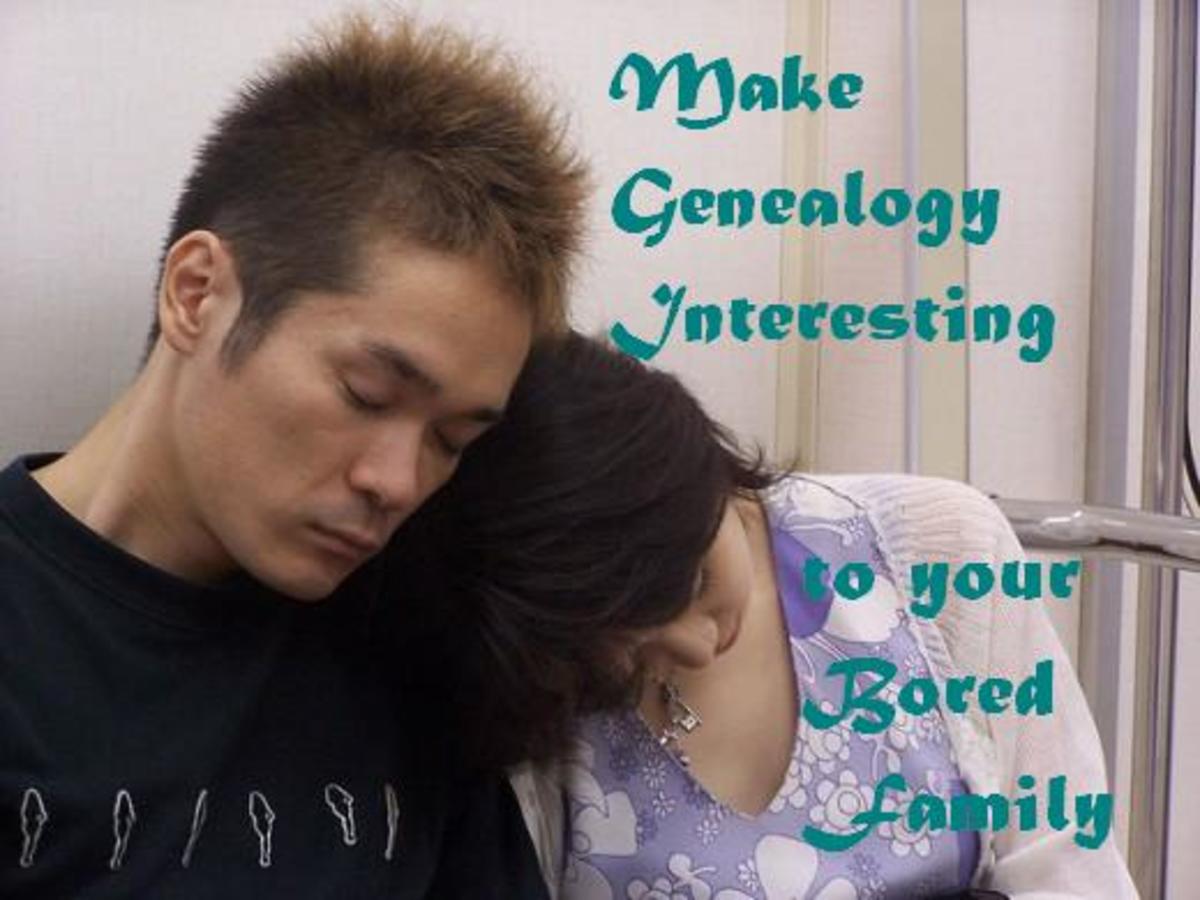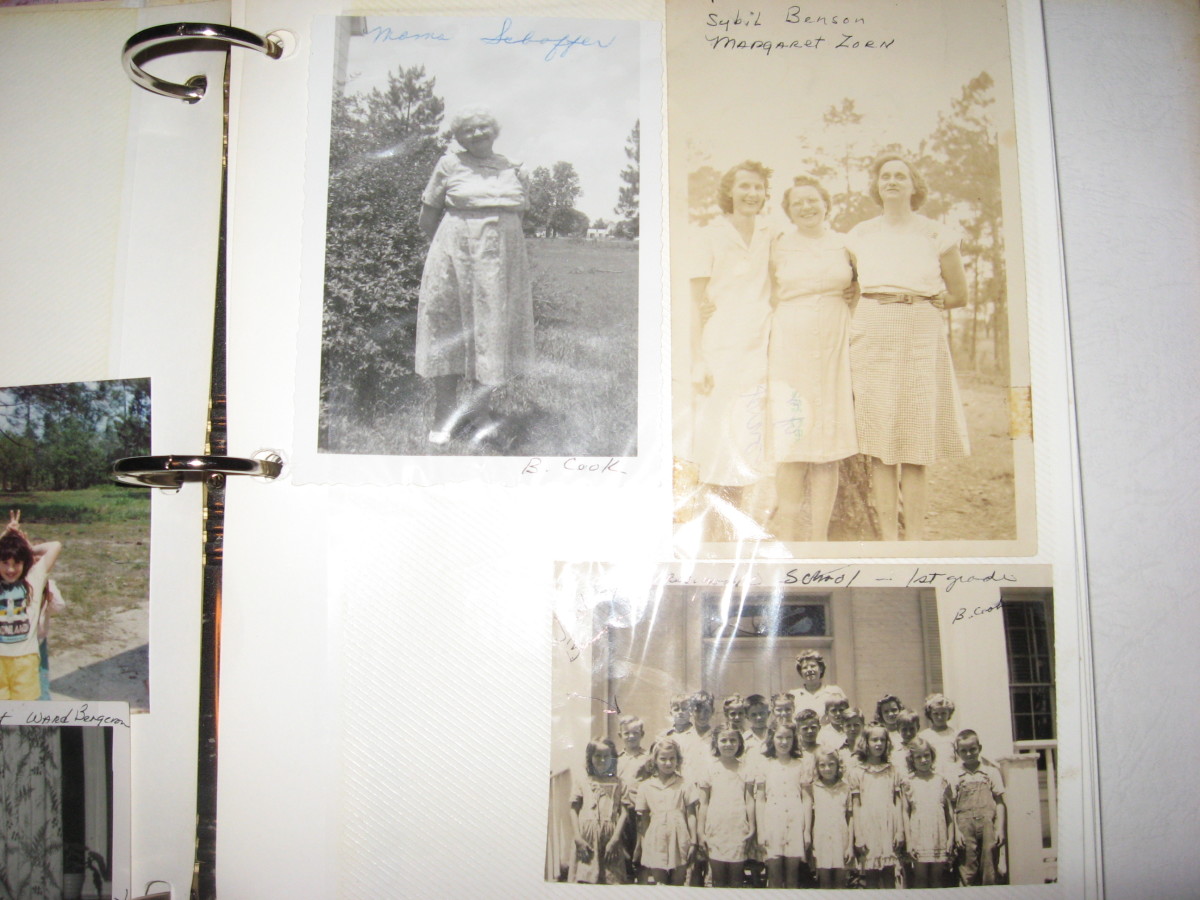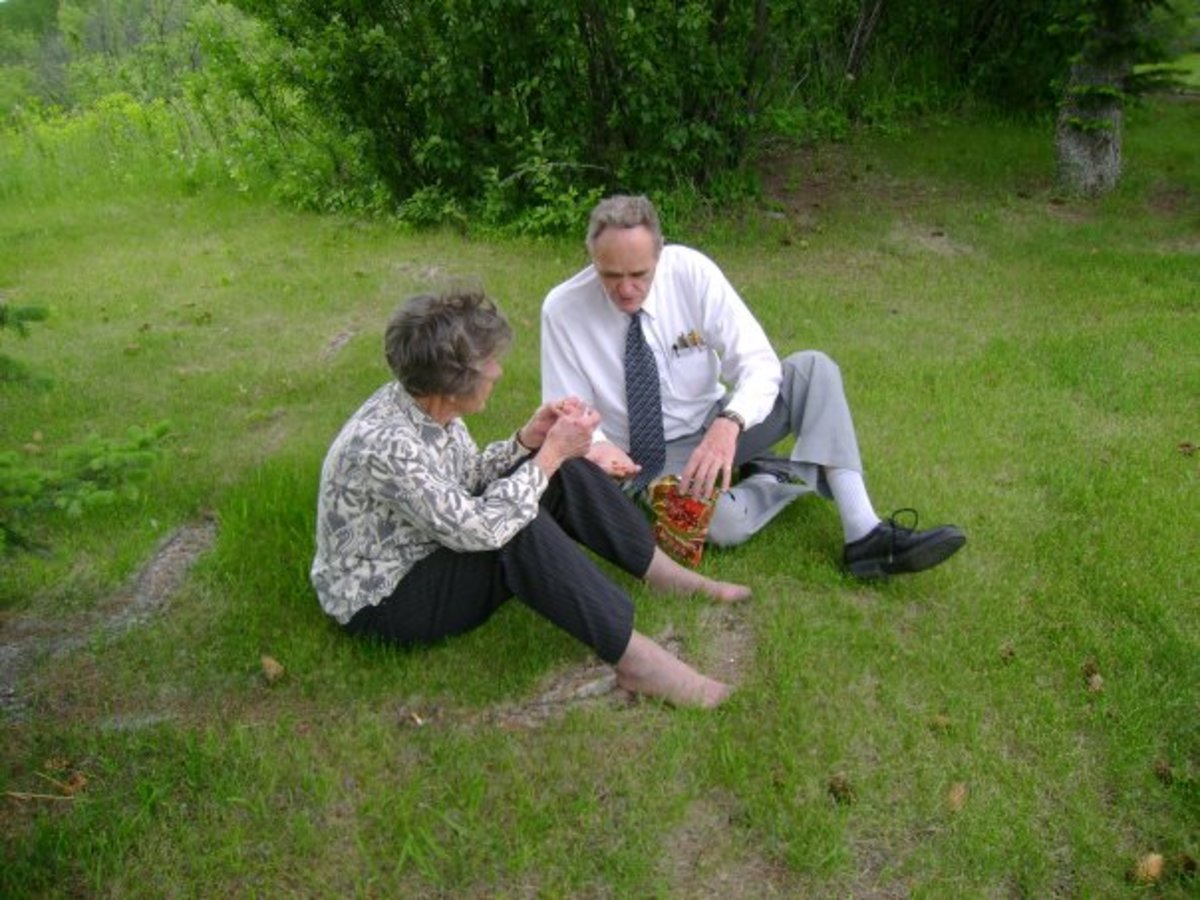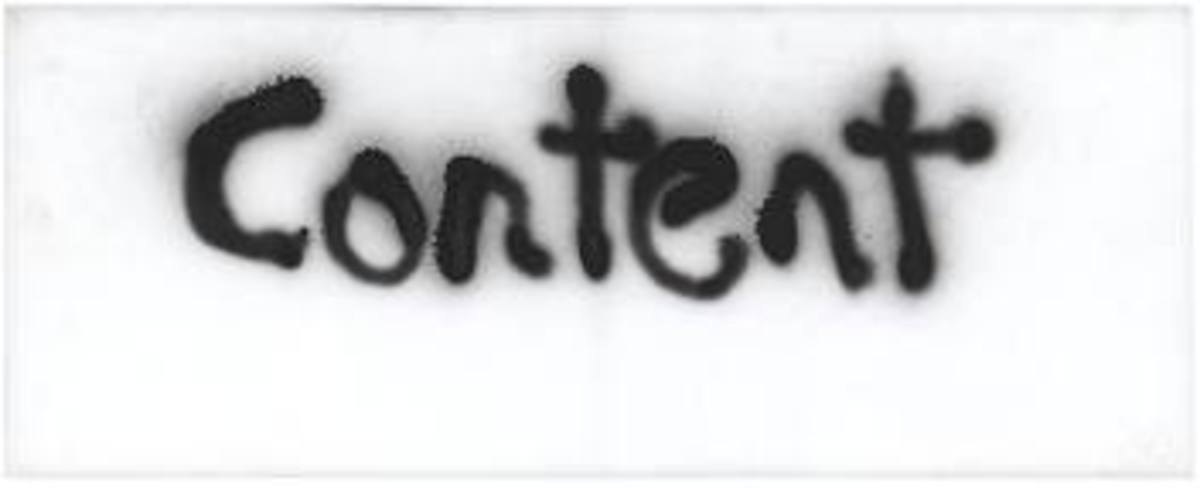How to Make Your Mark Writing a Family History
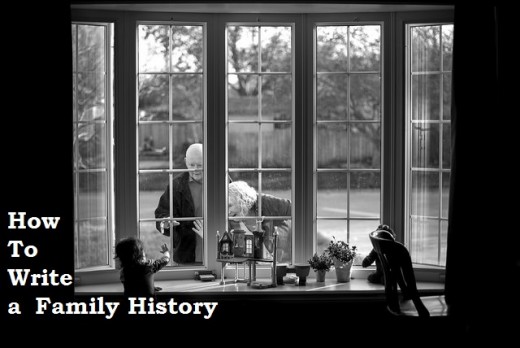
A Family History
My maternal grandfather had a very interesting life story but he was too humble to tell it himself. He would often share small tidbits over the years but it would take great effort to paint it all into a clear picture.
I thought I knew him very well but in actuality, I only knew what he wanted to share, and of course my own personal experiences we shared together.
His early story might have been lost forever if it wasn’t for the efforts of one of his adopted siblings. My “great aunt” wrote a small family history book that included many stories and recounts of my grandfather, as a child, that he was reluctant to share with us.
The stories she told were meant to support the greater story she was telling about her own father and their family journey to becoming Americans along with their struggles during the Great Depression and the efforts they went through to wash away the stigma of being Italian immigrants.
She chronicled this history in a small book she titled “The Happy Shoemaker,” which became my own model for earning a great income from writing family history books.
The Family History or Family Legacy, or even Corporate History, is a niche that even the newest of writers can enter into and make their mark.
Besides article marketing and providing online content, this is my favorite and most profitable writing niche. I can easily attract 2 or more clients per month and with the system, I now have in place, I have a turnaround time of about 3 weeks.
A Family History or Legacy book is exactly what it sounds like. Unless the family is famous, the books are normally between 75 and 100 pages long, contain photos, family recipes, poetry, artwork, and sketches.
And the best thing is that all the content is provided by the client. As a writer, you will only need to format the story from the given questionnaire.

How to Gather the Information you Need
I have a questionnaire that I developed and refined over the past 6 years that I ask the client to complete for me.
My questionnaire is about 10 pages long and I ask the client to be as detailed as possible when answering it.
I also ask for contact information of surviving siblings and longtime friends so that I can get even more details and from a different perspective.
I could give you my questionnaire here but it would make this article too long and cumbersome to read so I’ll make a suggestion that helped me when I first started out.
Go to Amazon.com and consider purchasing a book called Legacy: A Step-by-step Guide to Writing Personal History by Linda Spence.
This book outlines the stages of life that make a great family history. It also gives the reader some ideas on how to make it as interesting as possible, and to make the finished book a true legacy that can be gifted or made available to other family members.
The main stages of family history are:
- Beginnings and Childhood
- Adolescence
- Early Adult Years
- Marriage
- Being a Parent
- Middle Adult years
- Being a Grandparent
- Later Adult Years
- Reflections
A corporate / company history is very similar except you can and should charge two to three times what you would charge for family history.
If you’re thinking about writing a corporate/company history, you will need to change up a few details to make it relevant to an organization instead of a person. You’ll want to include:
- Profiles of the founders
- Why the company was founded
- Any turning points or setbacks the company encountered
- Timeline of any important events
- Any amusing or interesting events
- Profiles of major players/employees
- What’s in the future plans
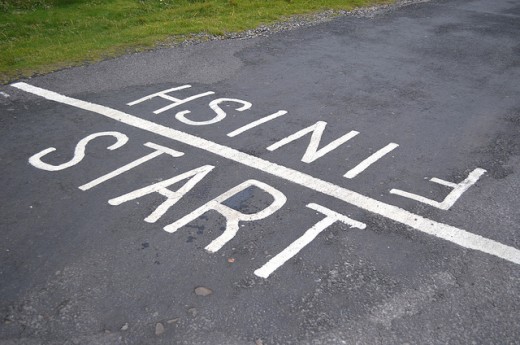
Have you considered writing a family history for profit
Where to Start
The most obvious place to start is with your own parents or grandparents if possible.
This would be a good opportunity to create your own family legacy to pass on to other family members as well as future generations.
It also provides you the experience and samples you will need to start marketing to future clients.
It’s exactly how I started with first telling my mom’s story and then with my dad.
My original concerns were only to provide my young nieces and nephews something they could keep as an heirloom to share with their own children someday.
After I completed my dad’s history, I was approached by one of his friends to do the same thing for him and his grandchildren.
I was reluctant at first but then the gears in my head started spinning my entrepreneurial juices.
I completed the third family history and I was able to use all 3 to showcase my product at a local craft fair and, yes I’m tooting my own horn, it was a major success.
I picked up 6 more clients and built up some momentum for attracting future clients through personal referrals.
How Much to Charge
You’re probably wondering, “How much can I make?” Well, that is the big question, but one that only you can determine.
Every region of the country is different and there are just too many factors to consider to offer a flat rate.
What I can do is tell you what I charge but you’ll have to do a little more research to determine a fair rate to charge where you live.
When I first started, I didn’t know what to charge so I just threw out a fee of $400. I soon learned that I really undersold myself.
I only charged $4 per written page which was roughly $0.016 per word. I started researching writer fees and found that some personal historians are charging anywhere from $50 to $300 per hour.
With my system, it takes me roughly 40 hours to compile a 100-page book. So, I decided to start at the low end and charge $50 per hour with a cap at 40 hours.
After several years and over 30 books in my portfolio, I now charge $85 per hour with a cap at 40 and I give a page range of between 75 and 100.
Basically, I am charging by the project instead of by the word. I would suggest that when you are just starting out to start at the low end or even lower and then experiment within your market to see what it can sustain.
How to profit from a Family History Book
By now you can imagine how profitable it can be writing in this niche. Setting the price for your own product will be dependent on your location and competition if any.
This is a niche that is wide open to writers with very little competition and your success may be similar to my own or far exceed me. Then again, you may fall flat if you are reluctant to market your product or do a little hustling.
Most of my clients now approach me through word of mouth referrals but it wasn’t always like that.
My first paying client was, as I mentioned, a friend of my dad but after that, I really had to hustle to gain recognition of my product and the service I was offering.
I had to demonstrate the value in my product and I could only do that with physical examples.
My first marketing attempt became my most successful approach. I set up a booth at a local craft fair. Before going to the fair, I went to my local Office Max and created 2 poster board displays that advertised my product along with a 6-foot long banner.
I purchased a 5-foot long plastic folding table and a red velvet table cloth. I also had a couple of hundred copies of my questionnaire printed up and business cards which I placed in paper folders.
I tried to look as professional as possible as I sat behind the table with a few samples of my product open for inspection.
It was a 2-day event and there was no rush to my booth on the first day. On the second day, I stood in front of the booth, smiled, and tried to engage visitors as much as possible.
I didn’t try to sell anyone; I only demonstrated the product and pointed out the benefits of having something similar.
On the second day, I walked away with 6 new clients. My take away from that experience was that it was important to engage and not let the displays do all the work.
I’ve abandoned other marketing ideas such as advertising on Craigslist, and taking out ads on Facebook, or even trying to drive traffic to a landing page on my own website.
None of that worked for me as well as getting the actual product in front of real eyes.
I’m not saying those approaches wouldn’t work for you or that going the craft fair route would do better; I’m suggesting that you will have to experiment with in your own market.
The important thing is to get started and to first develop some examples, work the kinks out in your own questionnaire, and have fun doing what you love.
© 2016 Richard Bivins


